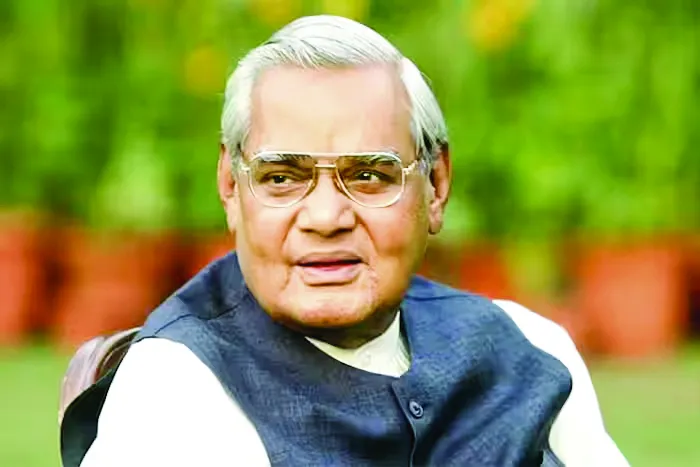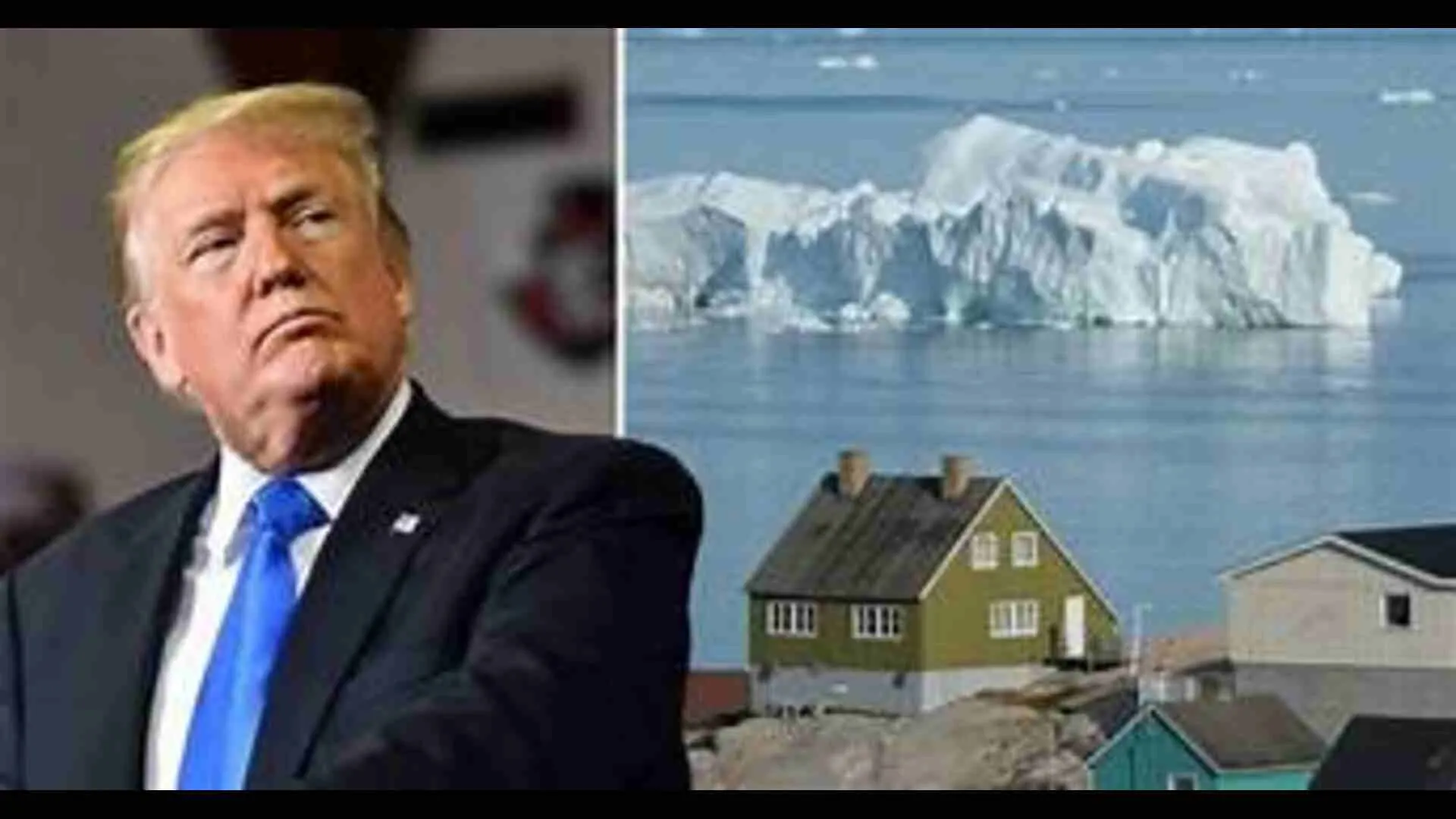India is tackling its water crisis, worsened by climate change, through the Jal Sanchay Jan Bhagidari initiative, focusing on community-driven water conservation. With only 4% of the world’s freshwater but 18% of its population, India’s groundwater resources are depleting rapidly. The initiative, launched by Prime Minister Modi, aims to build 24,800 rainwater harvesting structures in Gujarat, ensuring public participation in water management. By blending traditional wisdom with modern solutions like drip irrigation and wastewater recycling, India is striving for long-term water sustainability and resilience against climate challenges such as glacier melt and sea-level rise.
Global water crisis and climate change
Water scarcity and climate change are global challenges, and India is at the forefront.
– India has only 4% of the world’s freshwater but supports 18% of the world’s population.
– Climate change is causing unpredictable monsoons, severe droughts, and floods, worsening the crisis.
भारत में जनभागीदारी और जनआंदोलन से जल संरक्षण और प्रकृति संरक्षण का अनूठा अभियान चल रहा है। आज गुजरात के सूरत में ‘जल संचय जनभागीदारी पहल’ का शुभारंभ कर अत्यंत हर्ष की अनुभूति हो रही है।https://t.co/Qg27AbPj1f
— Narendra Modi (@narendramodi) September 6, 2024
Impact of climate change on India’s water resources
1. Unpredictable rainfall: Changing monsoon patterns lead to irregular water supply, affecting agriculture and drinking water. Since the mid-20th century, the number of “extreme rain days” in India, defined as over 150mm of rainfall in 24 hours, has increased.

Map of India showing regions affected by water scarcity and climate change.

Map of India showing regions affected by water scarcity and climate change.
2. Water table depletion: Groundwater levels are rapidly falling across India, leading to acute shortages in many regions. The Ministry of Jal Shakti’s Dynamic Ground Water Resource Assessment Report 2022 indicates that the total annual groundwater recharge is 437.60 billion cubic meters (BCM), with groundwater extraction reaching 239.16 BCM.
3. Increased demand: By 2030, India’s water demand is expected to double the available supply, as highlighted in the Interconnected Disaster Risks Report from October 2023.
4. Extreme weather: A report by ActionAid and Climate Action Network South Asia estimates that by 2050, climate emergencies will force 45 million people in India to migrate—three times the current number displaced by extreme weather events.
India’s response: Jal Sanchay Jan Bhagidari initiative
– Launched by Prime Minister Modi, this initiative focuses on community-driven water conservation.
– Building 24,800 rainwater harvesting structures in Gujarat to recharge groundwater.
– Public participation is central: communities help build and maintain these structures.
“Water conservation is not just a matter of policies but a social commitment. It is part of India’s cultural consciousness.”
Cultural wisdom meets modern policy
Traditional values: PM Modi emphasised the importance of combining traditional wisdom with modern approaches. Rivers like Ganga, Narmada, and Godavari are revered as goddesses. Water has always been considered sacred in Indian culture. Ancient practices of water storage, like creating ponds and wells, are being revived.
Rahim Das: “Water, once lost, cannot be reclaimed, just like broken relations can’t be fixed.”
Innovative: The 4Rs – Reduce, Reuse, Recharge, Recycle
– Reduce: Promoting efficient water use in agriculture through techniques like drip irrigation.
– Reuse: Recycling wastewater for non-drinking purposes.
– Recharge: Enhancing rainwater harvesting to replenish groundwater.
– Recycle: Using modern technologies for wastewater recycling to ensure nothing is wasted.
Agriculture and water conservation
India, one of the world’s largest producers of water-intensive crops like rice, sugarcane, and cotton, faces a severe groundwater crisis. According to the Central Ground Water Board’s 2023 report, 87% of Punjab’s blocks have overexploited or critical water tables. Nationwide, 70-80% of farmers depend on groundwater irrigation, exacerbating water stress. With only 4% of global water resources and 18% of the population, India must rethink agricultural practices to combat climate change-induced water depletion (World Bank, 2023).
Agriculture consumes 80% of India’s water, making efficient use essential.
– Programs like “Per Drop More Crop” encourage farmers to grow crops that require less water.
– Drip irrigation and micro-irrigation are being promoted to maximize water efficiency.
PM Modi:“The government is continuously promoting water-efficient farming, especially in regions prone to water scarcity.”
जल-संचय, ये केवल एक पॉलिसी नहीं है।
ये एक प्रयास भी है, और पुण्य भी है: PM @narendramodi pic.twitter.com/fhIVxklUSE
— PMO India (@PMOIndia) September 6, 2024
How the core of the Jal Sanchay Jan Bhagidari scheme is that of the Jal Jeevan Mission
The success of water management in rural India rests in the hands of its people. By empowering local communities through people’s institutions, water resources are managed sustainably and equitably, creating healthier societies and reducing poverty. Programs like Jal Jivan Mission and Jal Shakti Abhiyan emphasize community participation, ensuring that water management becomes a permanent fixture of rural development.
Public Ownership: Villagers and local communities are active participants in managing water resources.

Timeline of Jal Jeevan Mission’s achievements, showing the increase in households with tap water access. (Data: Jal Jeevan Mission website)
– Women-led Jal Samitis (water committees) play a crucial role in ensuring the success of water conservation projects.

Women-led Jal Samitis in Rajasthan working in villages to conserve water. (UNICEF).
Gujarat:
– The Sauni Yojana: The Saurashtra Narmada Avtaran Irrigation Yojana (Sauni Yojana), launched in 2013-14, aims to divert excess floodwater from the Narmada River to 115 reservoirs in 11 districts of Saurashtra through four link pipelines totalling 1126 km. This will benefit over 10.2 lakh acres of land. The four links, currently under progress, will supply water to regions in Rajkot, Morbi, Amreli, Junagadh, and more, enhancing irrigation and water availability across Saurashtra.
जल संरक्षण, प्रकृति संरक्षण… ये भारत की सांस्कृतिक चेतना का हिस्सा है। pic.twitter.com/Y45EHSFzU0
— PMO India (@PMOIndia) September 6, 2024

Map of India showing regions affected by water scarcity and climate change.
Challenges ahead
1. Glacier melting: In the Himalayas, rising temperatures are causing glaciers to melt, threatening water supply for millions. Kashmir faces severe water scarcity as Himalayan glaciers rapidly melt due to climate change, threatening agriculture, energy, and ecosystems that rely on glacier-fed water sources. Studies reveal significant glacier shrinkage, including a 23% area loss of the Kolahoi glacier, the main source of the Jhelum River. Reduced precipitation and rising temperatures worsen the situation, impacting paddy cultivation and fisheries, while also deterring tourists from visiting Kashmir’s famous landscapes.
2. Sea-Level Rise: India’s proximity to the equator makes it more susceptible to higher sea-level rises compared to higher latitudes. Rising sea levels and storm surges could lead to saltwater intrusion in coastal areas, affecting agriculture, degrading groundwater quality, and contaminating drinking water. This may also increase the risk of diseases like diarrhoea and cholera, as the cholera bacterium thrives in saline water. Densely populated cities like Kolkata and Mumbai are particularly vulnerable to sea-level rise, tropical cyclones, and riverine flooding.
PM Modi: “Together, we will make India a beacon of water conservation for all of humanity.”
जल-संरक्षण केवल नीतियों का नहीं, बल्कि सामाजिक निष्ठा का भी विषय है: PM @narendramodi pic.twitter.com/ebCKjDemdi
— PMO India (@PMOIndia) September 6, 2024














